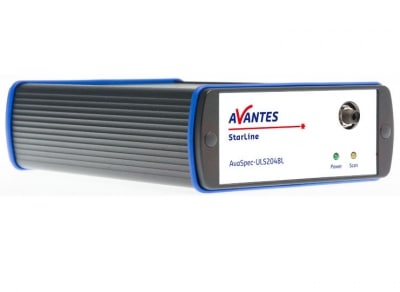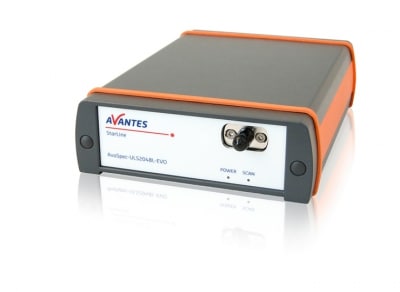Laser-induced breakdown spectroscopy (LIBS) is a widely used technique for elemental analysis that creates a micro-plasma on the surface of a sample by focusing a short laser pulse at the sample’s surface. This technique is widely adopted in several industries and has several compelling advantages over other techniques for elemental analysis.
Why Choose LIBS Analysis
LIBS provides rapid results, usually within seconds for a single spot analysis, with minimal sample preparation or special training required, and versatile sampling protocols include fast raster of a sample’s surface as well as depth profiling. And analysis of thin samples can be performed without substrate interference.
Download the Avantes LIBS e-Book
Another advantage of LIBS measurements is the broad elemental coverage, including lighter elements like Helium, Hydrogen, Lithium, and Beryllium, as well as more common targets like Carbon, Nitrogen, Sodium, Oxygen, and Magnesium. These lighter elements typically have a low detection limit, in the low-PPM range, but the outstanding sensitivity of the Avantes line up erases this concern.
Avantes LIBS spectrometers have customizable timing and triggering options, accurate sampling, and fast integration times.
Industries that Rely on LIBS Technology
LIBS is applicable to a wide range of sample matrices that include metals, semiconductors, glasses, biological tissues, insulators, plastics, soils, plants, soils, thin-paint coating, and electronic materials. You will find LIBS at work in metallurgy, geology, and semiconductors to name a few of the industries that employ laser-induced breakdown spectroscopy.
 My Cart
My Cart 


